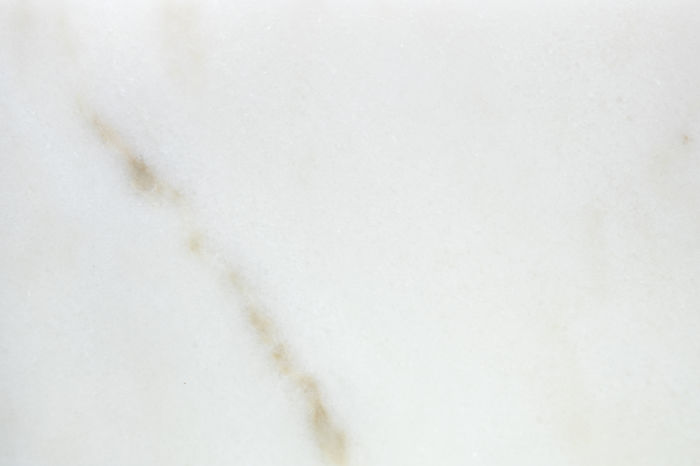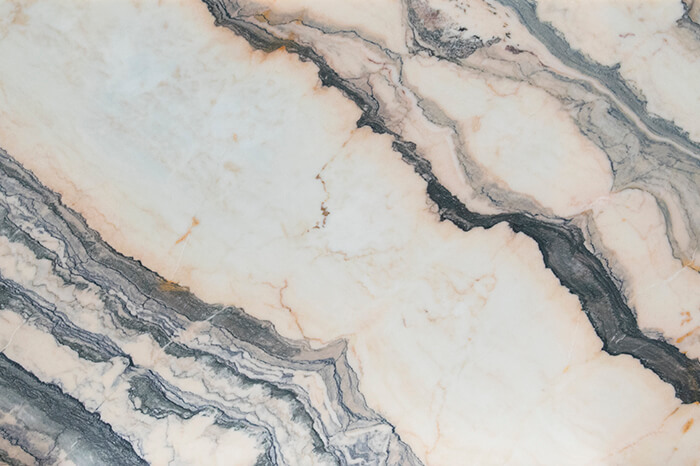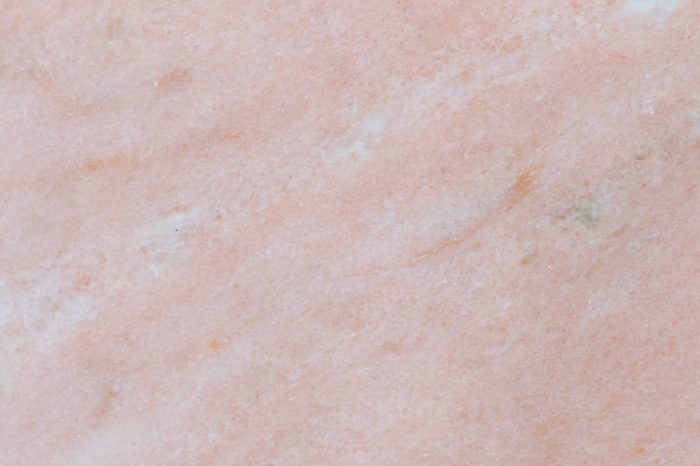Calacatta
Calacatta
Often confused with Carrara, or even with the connotation of calacatta carrara together, they have notable differences. Calacatta, directly from Tuscany in Italy, is a type of marble with a white background and brownish veins. Since marble is a metamorphic stone that comes from nature, it is normal not to follow a standard pattern, thus making each space unique and different.
It is considered to be one of the most used marbles in the great Italian works and sculptures that go back thousands of years.
Finishings
Polished
Abrasive treatments with repeated applications result in a shiny surface, highlights the colour and properties of the natural stone.
Honed
A honed finish is identical to the polished finish, the surface is smooth but without glare or light reflections.
Sandblasted
Blasting silica sand against the material through an air gun and generates very small craters.
Bushammered
Hitting the material, with a masonry tool called a bush hammer, that generates uniformly distributed craters of different sizes over the surface of natural stone.
Leather
Brushing the slab with a range of brushes and the result is a slightly undulating surface, very soft, warm and smooth to the touch.
Sawn
Rough and irregular surface with small furrows and undulations in a mate tone.
Brushed
Abrasive brushes under high pressure generate a touch-sensitive and smooth surface of natural stone.
Scratched
Scratched finish is applied so that the surface exhibits a texture with straight reliefs and natural colours.
Splitted
Splitting stone either by hand or by machine so that the surface exhibits a natural quarry texture.
Recomended use
Internal Flooring
External Flooring
Internal Coverings
External Coverings
Masonry
Related





